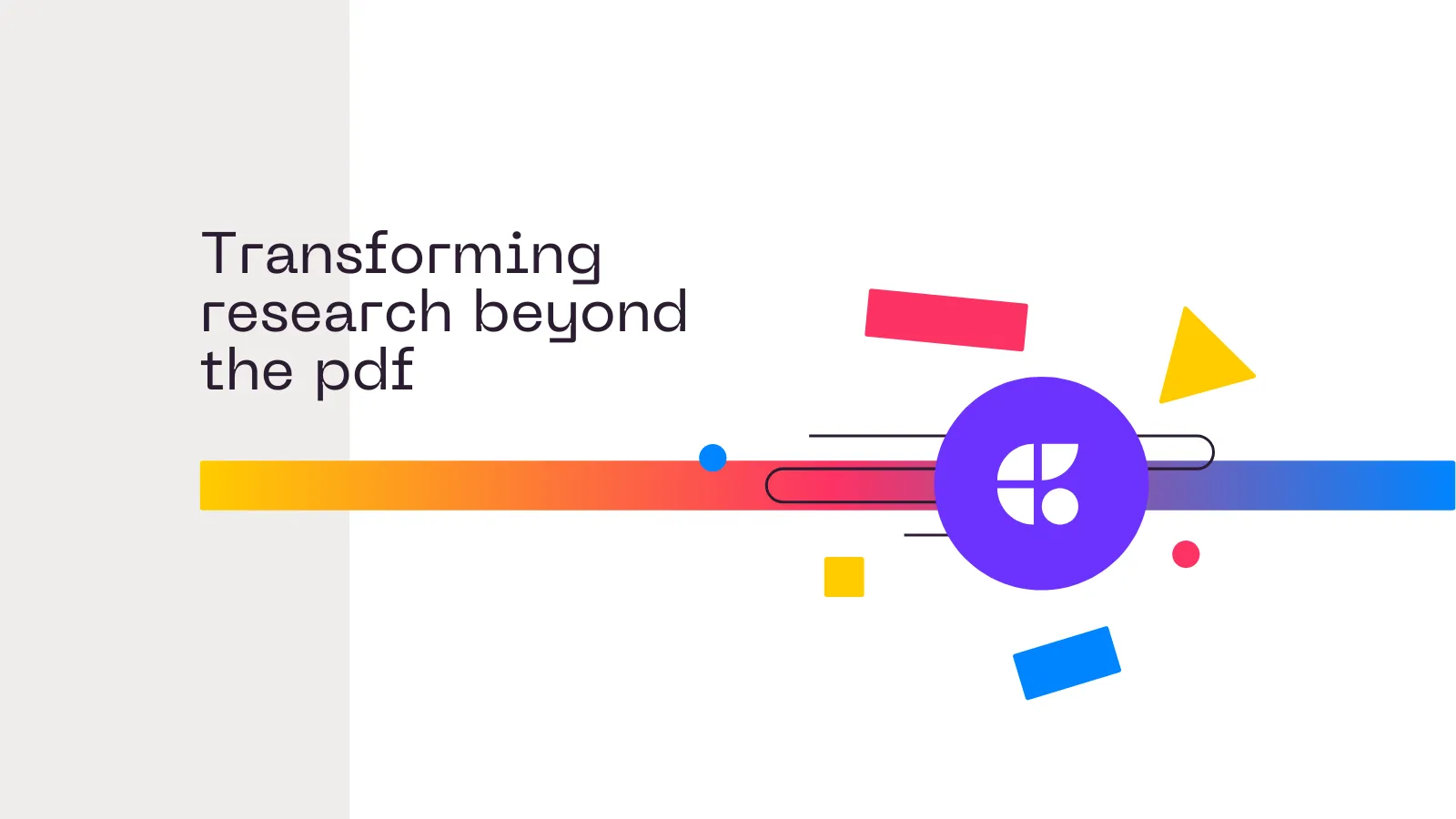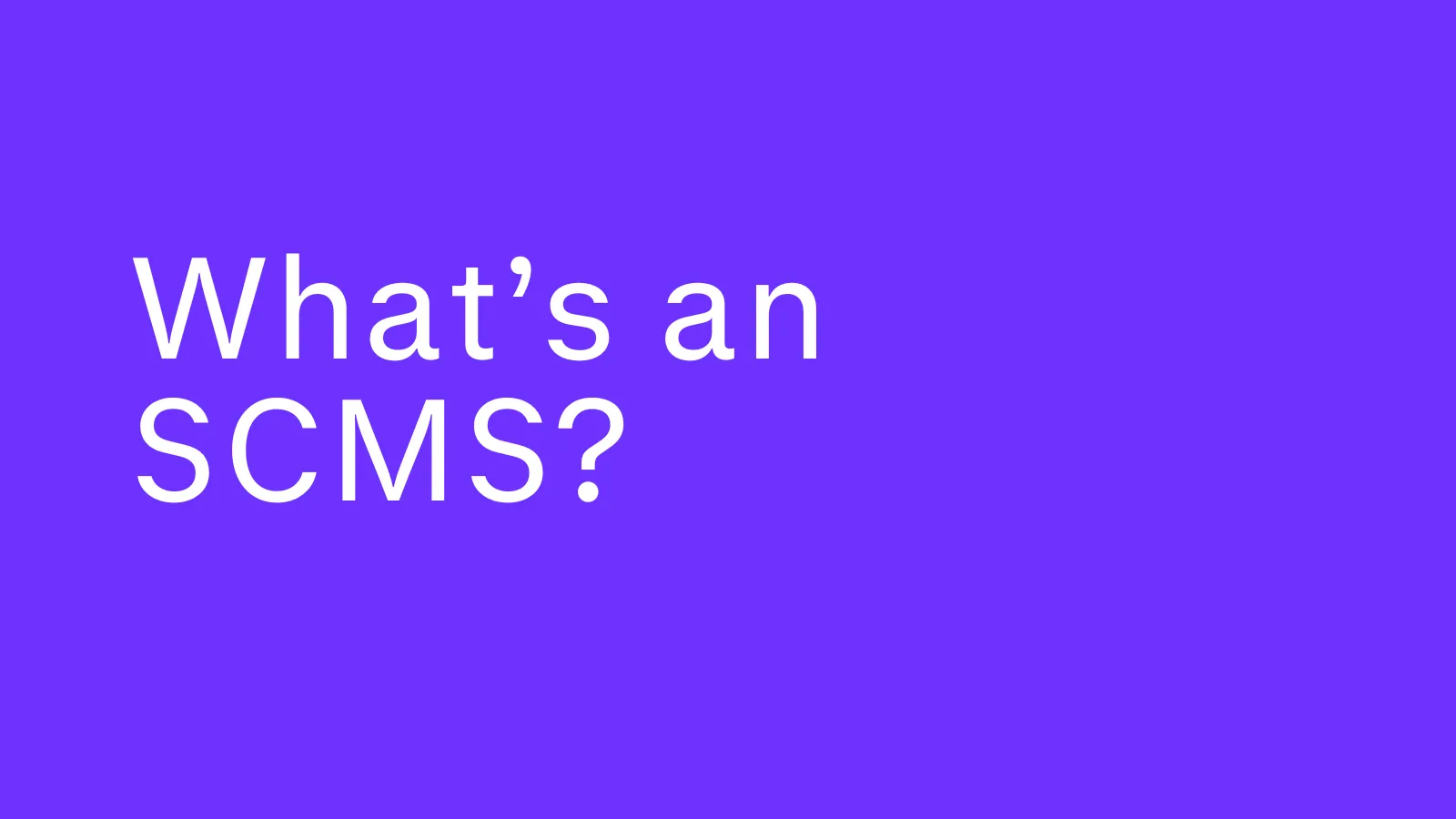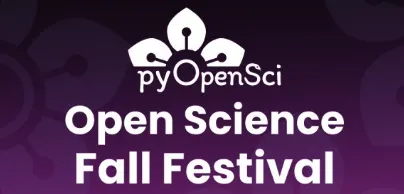From Fragmented to Connected: Why Science Needs SCMS
Here at Curvenote, we’ve been on a journey to create systems and workflows that reimagine scientific communication and collaboration. Over the last five years, we’ve been focused on a universal problem: science is advancing faster than the systems we use to organize and share it.
Research happens across many tools—each designed for a specific purpose, but disconnected from one another. Labs have different systems and processes, making collaboration challenging within and across groups. That leaves discoveries—data, code, protocols, narratives—trapped in lab notebooks, email threads, and static PDFs. Researchers spend hours digging through old files or rebuilding work that already exists, and breakthroughs get buried before anyone can build on them.
Science is collaborative, iterative, and interactive, but the tools we rely on haven’t kept pace. Meanwhile, research is producing more outputs than ever—datasets, code, protocols, preprints—and funders and institutions are demanding more openness and reproducibility. Without new infrastructure, researchers are stuck patching together old systems while the pace and complexity of modern science accelerates.
The Messy Middle¶
Curvenote’s journey started with a text editor for modern science—a tool that enables living documents. As we’ve built and evolved our platform, we noticed a gap between research productivity and publishing. The space between insight and publication—the messy middle. Where links break, origins are obscured, metadata disappears, and visibility fades. This doesn’t just slow down research—it undermines reproducibility, erodes institutional trust, and reduces opportunities for shared progress across teams and disciplines.
An SCMS standardizes the messy middle—so components can be found, organized, composed, and shared. Without it, fragmentation persists; with it, discoveries become connected, reusable building blocks.
SCMS = Scientific Content Management System¶
Built using the latest technology, an SCMS is a modern, web-first platform that supports researchers in finding, organizing, composing and sharing their scientific content across the entire research lifecycle, from ideation to publication. Like the way journals standardized scholarly communication in the print era, an SCMS is standardizing the modular, digital outputs of modern science.
In an SCMS, every piece of research—data, code, equations, figures, protocols— becomes an independent component that carries metadata, credit, and history. These modular components are easy to find, organize and share at any stage. The platform acts as a connective layer across research tools, enabling researchers to work more efficiently, iteratively, and collaboratively as they prepare their work for sharing and publication.
“What matters isn’t making more objects; it’s connecting them. We think of our SCMS as the connective tissue of research. It turns modular work into connected publishing, so trust—through source history and credit—is there from the start. When trust is built-in, collaboration scales and speed follows.” — Rowan Cockett, CEO, Curvenote
At Curvenote, we believe science moves fastest when every idea, dataset, and protocol can be reused and built upon. For institutions, the question isn’t whether to adopt connected research infrastructure—it’s how quickly. Integrity can’t be bolted on at the end; it has to be built in from the start. Those who move first will attract collaborators, increase funding, and demonstrate trust. Today’s mandates for transparency and open science collide with lost metadata and broken links that make reusing and building on work unnecessarily hard. With connected publishing in an SCMS, every component carries source history and credit, so outputs can be trusted, cited, and built upon. This is a system-level leap in scientific communication: replacing fragmented workflows and static PDFs with modular, living outputs that reflect how research is actually done. The next era of discovery is being defined right now. Those who adopt an SCMS will lead it.
Learn more about Curvenote’s SCMS platform.





